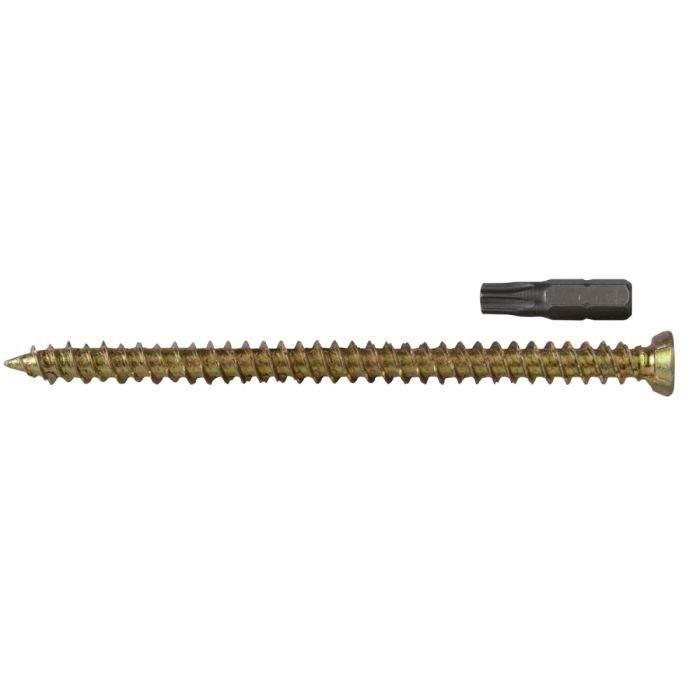
Simple Ways To Improve Construction Work Using Screws

There are plenty of DIY products available today. This means that many people will visit hardware stores to determine if they will locate the correct type of screws, nails and other tools for DIY.
To help those who are new on the DIY path, here are some suggestions regarding using screws. The type of screwdriver that you employ to tighten screws is crucial.
Every mirror screws with caps has a distinct head. It could include that star-shaped TIMCO head, or it could be a single clotted head. Some even feature hexagonal Allen key-shaped heads.
If you choose to use the wrong screwdriver, you could end up tearing the screw’s head and making it ineffective. You can use flat-headed self-tapping masonry screws for the TIMCO head, but the screwdriver won’t fit correctly and remove the screw head. Other combinations will not work.
What Is The Standard Temperature Range Of Bolts, In Addition To What Will Be The Implications Of Going Over It?
Bolts can be constructed of various materials, with the most popular consisting of carbon steel and alloy steel and stainless steel. For high-temperature applications, metals like nickel, iron and alloys based on chromium are utilised for bolts.
The exterior coach bolts made of Carbon and Alloy Steel may be used as early as -50degC, and the limit of the plating temperature determines the upper temperature. The most common types are listed in this blog.
To attain greater operational temperatures, nickel or chromium platings are a good choice because their temperature limits extend to 590degC in nickel and 420-650degC with chrome. Both methods are costly and rarely used in fasteners.
Bolts made of stainless steel, available in various alloys, usually do not require a coating to protect them and offer greater service temperatures than plain steels made of carbon or alloy.
Depending on the type of alloy, the limit of temperature for stainless steel can be found in the range of -120 to 320degC. The temperature that is higher than the operating temperature limits of the fasteners can have various implications:
- Alloy steel, as well as carbon steel, turn hard at temperatures lower than -50degC.
- Overextending the operating temperature of the plating can lead to premature failure of the fastener because of hydrogen embrittlement and erosion of protection against corrosion.
- The properties of the fastener’s strength decrease as temperatures rise.
- Change in the force of clamping due to the different thermal expansion coefficients in the fastener and joint.
- Stress relaxation and creep.
Why Screws Are Better Than Nails Any Construction Work?
For vinyl, wood or hinge screws the equipment used to fix them to the exterior of a house is known as fasteners. Some nails and screws are both kinds of fasteners.
What type of fastener is ideal for attaching vinyl is apparent when you understand the characteristics of the material and the method of driving screws versus driving nails.
Screws Are The Most Obvious Option For A Variety Of Reasons.
Vinyl may split or break, particularly when it is cold. If exposed to a hammer that swings or a powerful nail gun, the force of impact can cause damage to it. Even if the person who installed it was extremely cautious.
The speed, accuracy, and precision of a power screwdriver with adjustable torque is superior to a hand-held nail or hammer gun.
The penetration of screws for metal studs can be more exact than that of a nail, and if an error is made in the thickness of the hole, then it is only a few rotations in opposite directions, and the issue is fixed. If a nail is over-driven back, it is almost impossible.
The height of a screw can be adjusted. The panel must slide under the fasteners as it expands and expands. The nail depth is not a controllable factor.
Nails are typically composed of steel, which can corrosion and rust, resulting in disintegration and staining of the product. Screws for vinyl may be corrosion-proof stainless steel or any other corrosion-proof material.
Some of the vinyl fasteners which are suggested are the same as the ones used to make aluminium siding. A good selection is those with a minimum penetration of 3/4 inches and a head size of 5/16 of an inch.
It is also recommended to have a screws and nails surface for adequate tension as well as less binding. They are easily available at any hardware store, any home centre or local stores for building supplies.
It is suggested when installing aluminium or vinyl panels that screws are placed with the middle on the wall, putting the screw into the slot before working towards the opposite end in both directions.
The proper spacing between the materials being used and the screw’s head is achieved by removing a piece from the siding and then cutting a notch or V at the top.Placing it underneath the structural timber screws while driving it, then pulling it out, will cause an even space between the head of the fastener and the vinyl. This will be consistent between the two. This gives the completed project some breathing space.